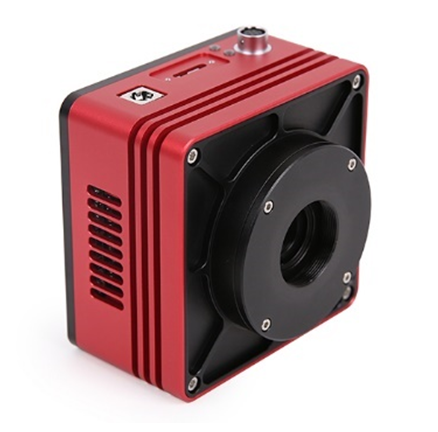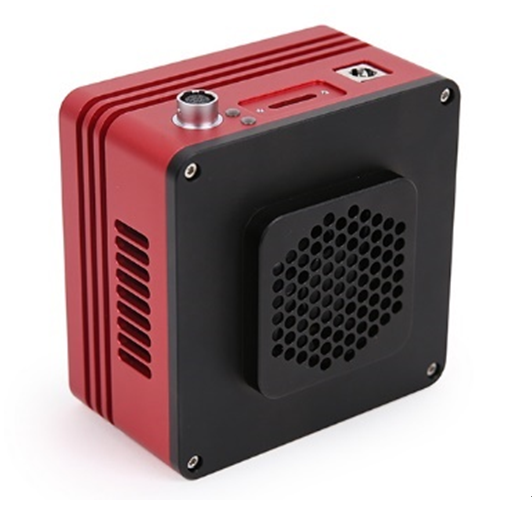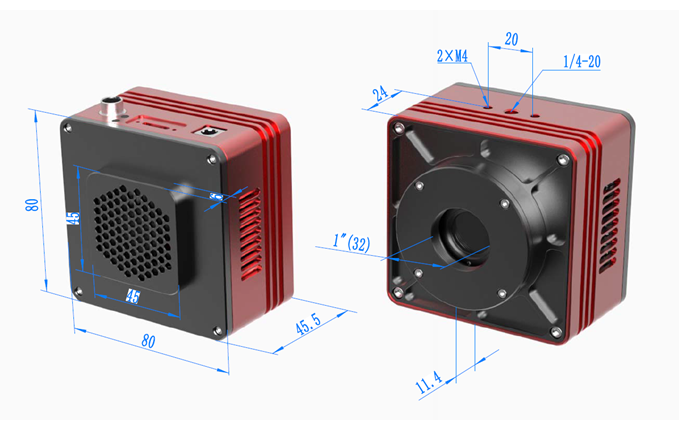SWIR camera SWIR imaging
Short-wave Infrared imaging (SWIR) is an advanced technique, used for producing images based on radiation in the region of the electromagnetic spectrum invisible to the naked eye.
2.1 All objects with a temperature above absolute zero (0K) will exhibit thermal emissions that are detectable from Mid- and long-wave infrared (MWIR/LWIR) spectral bands,
making it possible for thermographic cameras to gather images based on localized temperature variations.
2.2 Short-wave infrared (SWIR) imaging is distinct in that the radiation of interest is nearer to the visible spectrum but will still permit temperature sensing, usually over 100 °C.
SWIR camera have occupied a unique spectroscopic niche in scientific and industrial markets by extending into wavebands that are invisible to both MWIR/LWIR thermal imaging and conventional optics.
SWIR camera SWIR imaging wavelength non-visiable
SWIR is the acronym for shortwave infrared and refers to non-visible light falling roughly between 1400 and 3000 nanometers (nm) in wavelength. The visible spectrum ranges from 400nm to 700nm, therefore SWIR light is invisible to the human eye. In order to detect SWIR wavelengths, we need dedicated sensors made of In GaAs (Indium Gallium Arsenide) or MCT (mercury cadmium Telluride) as silicon detectors are no longer sensitive to wavelengths larger than 1100 nm. In GaAs sensors are the primary sensors used in typical SWIR range. MCT is also an option and can extend the SWIR range, but these sensors are usually more costly and application dependent.



Applications of SWIR Imaging vision SWIR camera
SWIR imaging with cooled InGaAs focal plane arrays provides extremely high contrast with unprecedented resolution, enabling process engineers and researchers to visualize what was invisible previously.
It is easy to penetrate opaque materials non-invasively or to distinguish between regions that are chromatically similar using a SWIR camera. Some applications of SWIR imaging include:
Industrial sorting
Solar cell inspection
Astronomy
Spectroscopy
Active imaging
Range finding
Enhanced vision assistance in misty conditions
Free space optical communication
Hyperspectral imaging
Small animal imaging
Laser beam profiling;
Views: 4